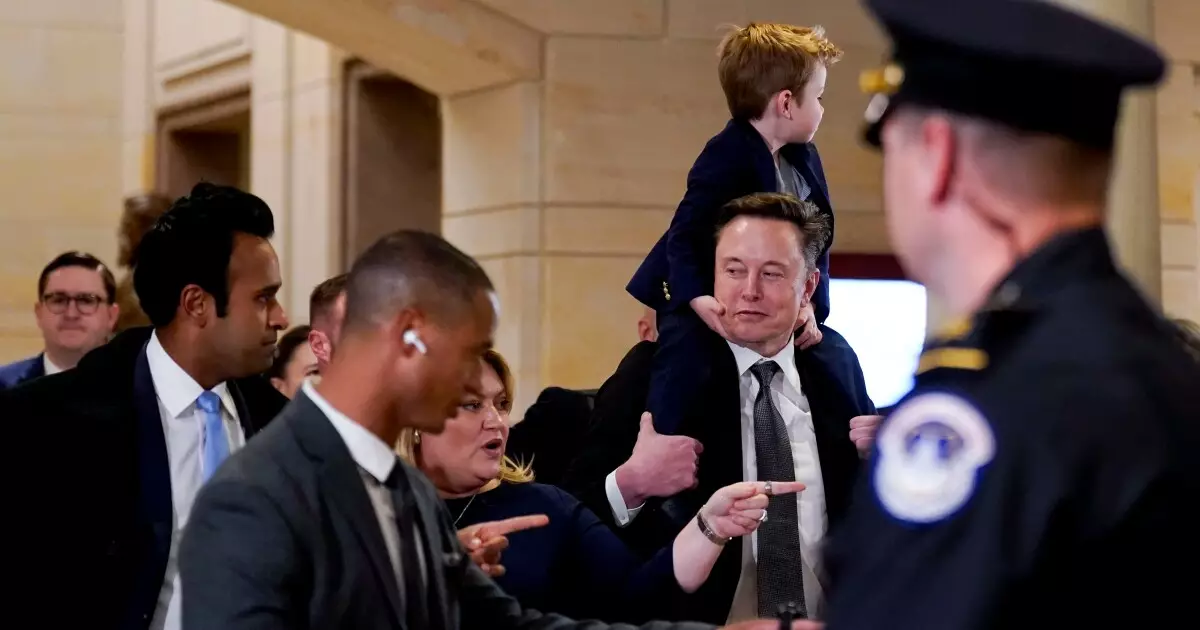The journey to realizing a high-speed rail system in California has been fraught with political intrigue, budgetary obstacles, and public skepticism. With the ambitious plan initially proposed over a decade ago, the state now grapples with rising costs, significant delays, and a wavering federal commitment, particularly as the political landscape evolves.
When California first floated the concept of a high-speed rail network, the projected budget was a relatively modest $33 billion. Fast forward to today, and that figure has ballooned to between $88.5 and $127.9 billion. This staggering increase does not paint a favorable picture for a project that had once generated excitement about transforming interstate travel. Critics argue that this project has morphed into a money pit, consuming billions from taxpayers with little to show for it. As of 2024, for instance, not a single passenger has traveled on a completed segment, leading many to question whether the dream of high-speed rail is becoming an unrealistic aspiration.
The situation is compounded further by reports indicating that California has secured only $6.8 billion in federal assistance so far, with hopes of garnering a maximum of $8 billion over the next five years. This precarious financial grounding stands in stark contrast to the grand vision of connecting major cities such as San Francisco and San Diego—all riding on a thin thread of public and political support.
The looming presence of the Trump administration sets the stage for renewed challenges. With Donald Trump’s presidency once again influencing federal funding priorities, high-speed rail has become a tailored target for scrutiny. Key figures like Elon Musk and Vivek Ramaswamy have taken strong stances against the bullet train, describing it as a “wasteful vanity project.” The establishment of the Department of Government Efficiency (DOGE), led by these controversial advisors, underscores a commitment to trimming federal spending, and high-speed rail seems likely to be a casualty of these efforts.
Critics within Congress, particularly Republicans such as Rep. Sam Graves and Sen. Ted Cruz, have initiated investigations into the appropriateness of using federal funding for a venture they deem fundamentally flawed. Their criticisms fuel a political narrative that focuses not only on financial accountability but also on retrenching government spending.
The political discourse has prompted reactions across party lines within California. State Senator Scott Wiener, a vocal advocate for the rail project, has voiced concerns about Musk and Ramaswamy’s motives, suggesting their opposition is strategically aligned with promoting alternate technologies such as their envisioned hyperloop systems. Wiener’s advocacy for California’s high-speed rail is not just a stance on transportation; it represents a broader commitment to ensuring the long-term viability and sustainability of transit funding.
Furthermore, California’s High-Speed Rail Authority has had to navigate increasing scrutiny while simultaneously trying to fulfill its project requirements. Recent approvals for environmental clearances highlight a continuing commitment to moving forward, albeit under the shadow of financial uncertainties and political challenges. The tough road ahead will require serious negotiation not only with federal stakeholders but also with state residents increasingly skeptical of the project’s benefits.
Despite the endless challenges, advocates for California’s high-speed rail continue to glimpse potential benefits. Many believe that successful implementation could drastically reduce travel times across the state and diminish reliance on fossil fuels, aiding environmental sustainability efforts. Advocating for such an expansive transportation system also taps into a vision of modernizing America’s infrastructure, a crucial step in addressing the country’s transportation challenges.
As California’s high-speed rail saga continues, it is clear that both political maneuvering and financial realities will heavily influence its outcome. Whether the project can transcend its troubled past and fulfill its original promise remains an open question, one that will require an aligned vision and collaborative effort across political divides. For now, all eyes are watching closely as the state navigates this intricate path toward a future once envisioned but now uncertain.

